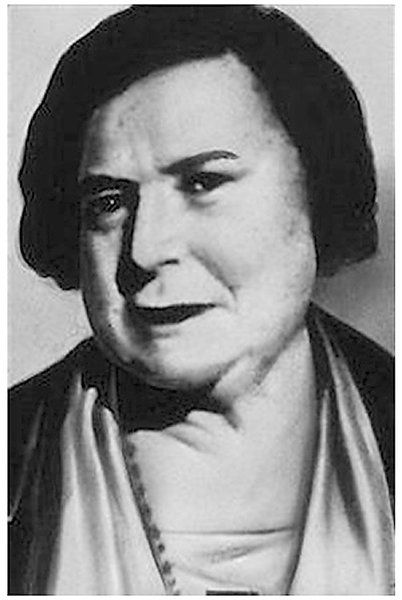County plans Ma Barker house recreation area

Submitted

Submitted
The house most famous for a noisy, six-hour gun battle in 1935 has sat quiet for close to a year.
Thanks to the COVID-19 pandemic, curators at the infamous Bradford-Ma Barker house stopped tours of the two-story home that still shows scars of the bullet holes inflicted by G-men in a shootout with gangsters Ma and Fred Barker all those years ago.
But soon, the house, now located at Carney Island Recreation and Conservation area on the west shore of Lake Weir, will have plans drawn up to make it the centerpiece of a recreation area.
During its regularly scheduled meeting on April 20, the Marion County Board of County Commissioners approved a restoration site design from civil engineering consulting firm Causseaux, Hewett and Walpole, Inc. That design work will focus on developing the site.
According to paperwork filed with the county, the Marion County parks and recreation department sought to create a historic and cultural center around the house that recreates the original site of the house. In 2016, the house was floated to its current site from the north side of the lake aboard several barges.
The project is slated to feature two new buildings, an entry road, parking, walkways and other elements to emulate the original home site. The plans will cost $54,000 to prepare. It’s not clear how much the construction will cost.
“I’m very excited for the interpretive center because you need to lay out the story because there are film footage snippets of it here and there,” said George Albright, chairman of Friends of the Bradford-Ma Barker House, Inc. “But the story needs to be told prior to walking in the house so that it all makes sense. And also, by starting in the interpretive center, you’re putting less wear and tear on the house and original furniture.”
Albright, who grew up around Lake Weir, has spearheaded several preservation efforts for the home, in addition to digging into its history. Albright’s great grandfather witnessed part of the shootout. The story has been passed down from generation to generation.
According to Albright, the continued interest in the home and its story fascinates him.
“It’s interesting in this country, there’s always been a fascination with the gangster movement,” Albright said. “And it surprises me – a lot of younger people know this and that about it. You wouldn’t believe how well known the name Ma Barker is… it’s an American icon.”
Ma Barker and her four sons were responsible for a string of robberies and killings in the Midwest that reaped over $2 million and claimed the lives of 10 people, including a police officer, in the 1930s.
But when J. Edgar Hoover, the first director of the FBI, set his sights on eliminating gangsters and mobsters, Barker and her boys decided to lay low off the shores of Lake Weir in the quaint town of Ocklawaha.
Eventually, federal agents zeroed in on the Barker’s location, where the longest gun battle in FBI history ensued. Barker and her son Fred were killed in the shootout.
According to Albright, once the build-out is complete, the FBI plans a formal dedication denoting the gun battle and installation of a bronze plaque.
“They’re quite proud of the fact that they were involved in such a watershed moment of dismantling the mob and gangster movement in America,” Albright said. “It was clearly a death nail in the movement.”
Months before the Ma Barker shootout, the notorious John Dillinger was killed by authorities on the streets of Chicago.
But there’s no relic left of Dillinger’s death, which is what makes the Bradford-Ma Barker Home so special, Albright says.
Though most of the bullet holes are patched, Albright says you can still see where bullets punctured the walls of the house. Much of the original furniture is left in the house as well.
“You literally are able to walk back into time in every room you walk into,” Albright said. “It has tremendous impact on you when you do that. Because all of a sudden you go, ‘You know, this ain’t made up. This really happened here.’”
Albright says that the house is still closed to the public but should reopen for tours soon.
“We’re slowly but surely assembling a wonderful map of destinations for historic tourism in Marion County,” Albright said citing the Fort King National Historic Landmark and the Silver River Museum. “Adding this to it, again, makes for a destination, which is something we always like is good, clean tourism.”
For information about the home, visit mabarkerhouse.org.





